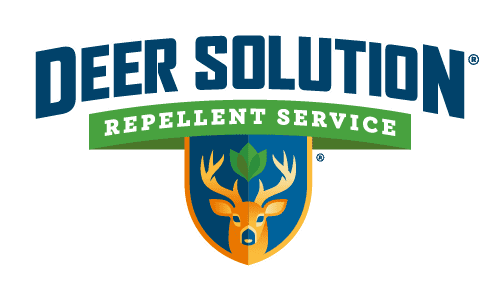Nestled in the picturesque landscapes of New Jersey, Cape May County is currently grappling with an ecological challenge that threatens its natural beauty and agricultural stability – the overpopulation of deer. This escalating issue is not only a concern for local farmers but also poses a significant threat to the county’s delicate ecosystems.
The Escalating Issue of Deer Overpopulation
Recent studies conducted by the Rutgers Cooperative Extension have brought to light the extensive damage caused by deer in Cape May County. The “hidden costs” of deer-related activities in farming are substantial, often exceeding the direct damages to crops.
The New Jersey Farm Bureau has reported alarmingly high deer densities in the county, underscoring the pressing need for effective wildlife management.
The Strain on Local Farmers
Farmers are bearing the brunt of this crisis. Managing deer damage, especially after long working hours, takes a significant physical and emotional toll. Some farmers have had no choice but to alter their farming practices or abandon fields that are particularly vulnerable to deer damage.
Legislative Efforts and Solutions
In response, the state of New Jersey has enacted legislation to provide grants for deer fencing to protect crops, particularly on unpreserved farmland. This initiative is a step towards safeguarding the interests of the agricultural community.
Beyond Agriculture: Wider Ecological Impacts
The problem of deer overpopulation extends to concerns about road safety and forest health. Initiatives like community-based deer management programs and venison donation are being considered as comprehensive solutions.
The Economic Implications
The economic impact of deer overpopulation is far-reaching. Farmers face not only the loss of crops but also increased expenses in implementing measures to mitigate deer damage.
This financial strain can have ripple effects on the local economy, affecting related industries and supply chains.
Ecological Consequences
Ecologically, the overpopulation of deer leads to habitat degradation and loss of biodiversity. The imbalance created by an excessive deer population disrupts the natural food chain and affects the health of forests and other wildlife species.
Community Response and Engagement
The community’s response to this challenge is critical. Public awareness campaigns, educational initiatives, and community forums are essential in creating a collective understanding and approach to managing the deer population.
Future Prospects
Looking to the future, it is clear that a sustainable and long-term solution to the deer overpopulation issue is needed. This may include a combination of controlled hunting, habitat management, and scientific research to understand and address the root causes of the problem.
The deer overpopulation issue in Cape May County is a complex problem requiring a balanced approach. It is essential for all stakeholders – government, farmers, environmentalists, and the community – to work together to find solutions that are ecologically sound and economically viable.










